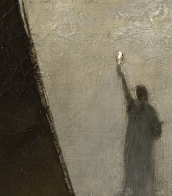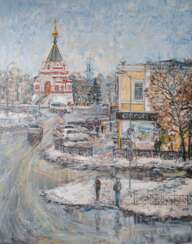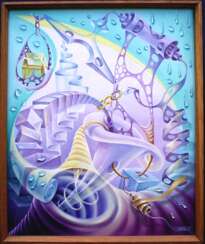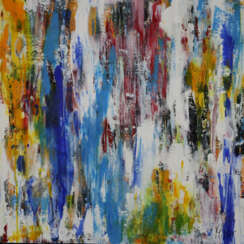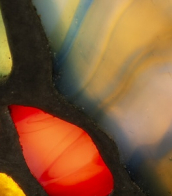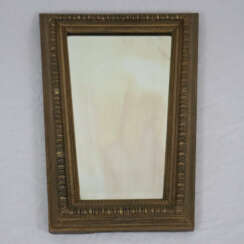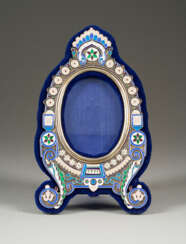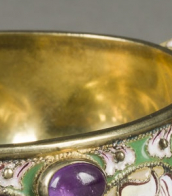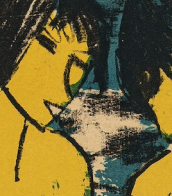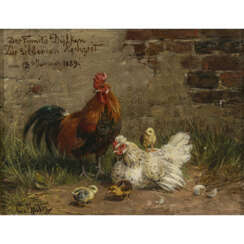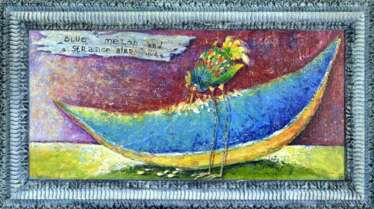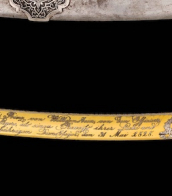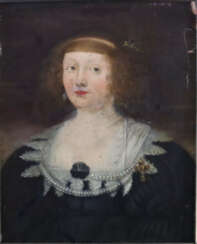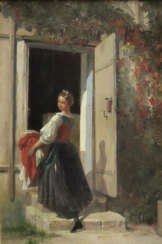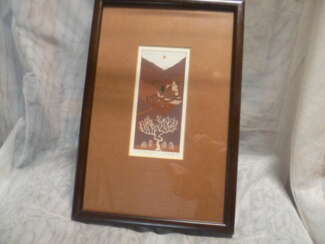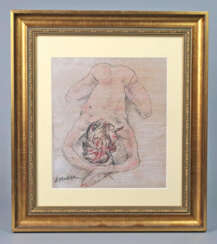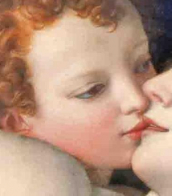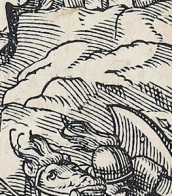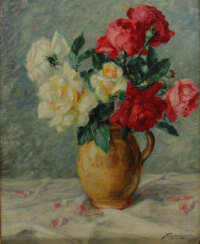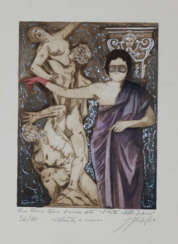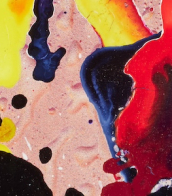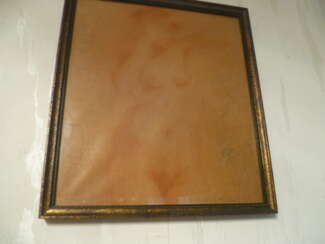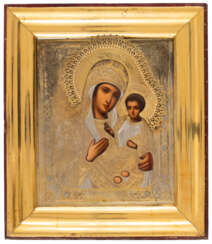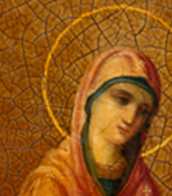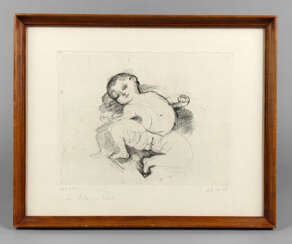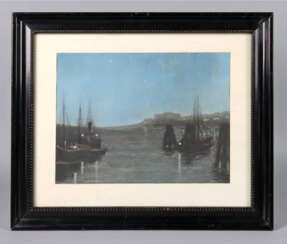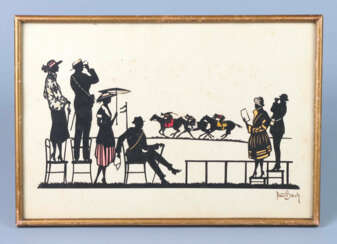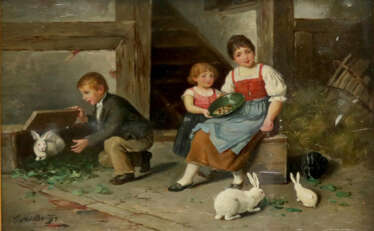rahmen (21
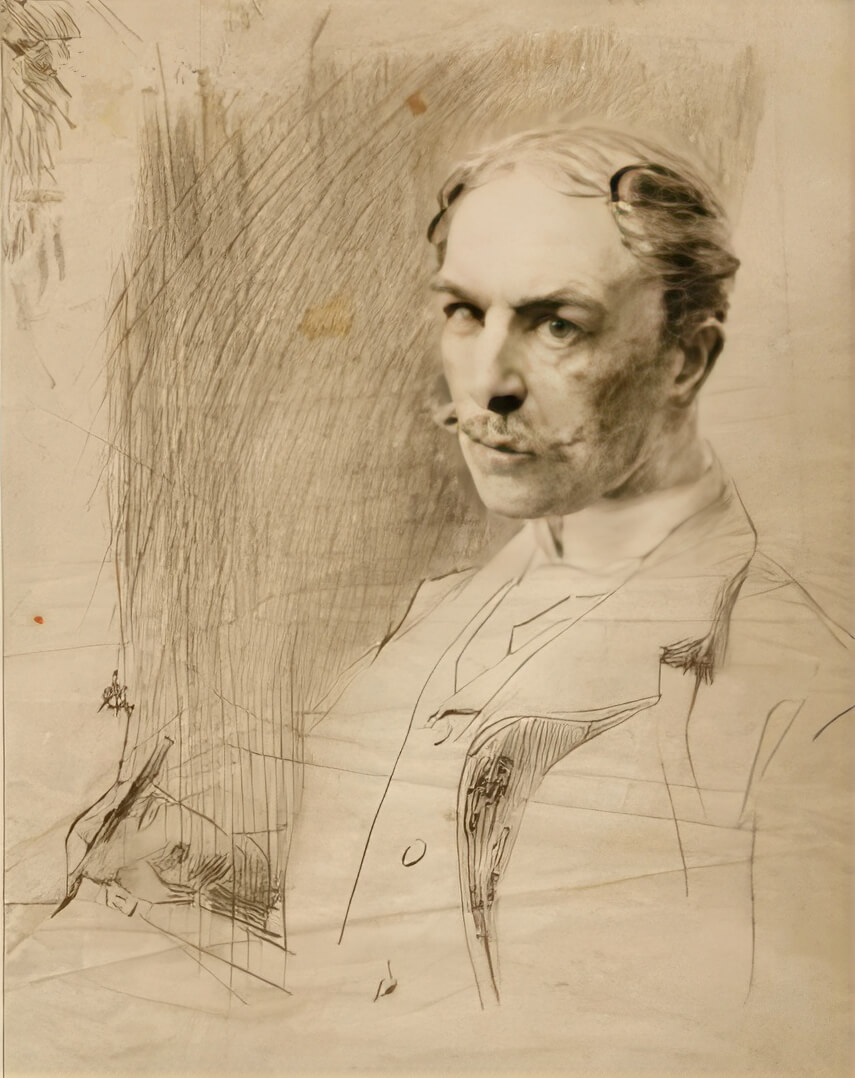
Carl Jutz the Elder was a German animal painter best known for his paintings of domestic birds.


Carl Jutz the Elder was a German animal painter best known for his paintings of domestic birds.



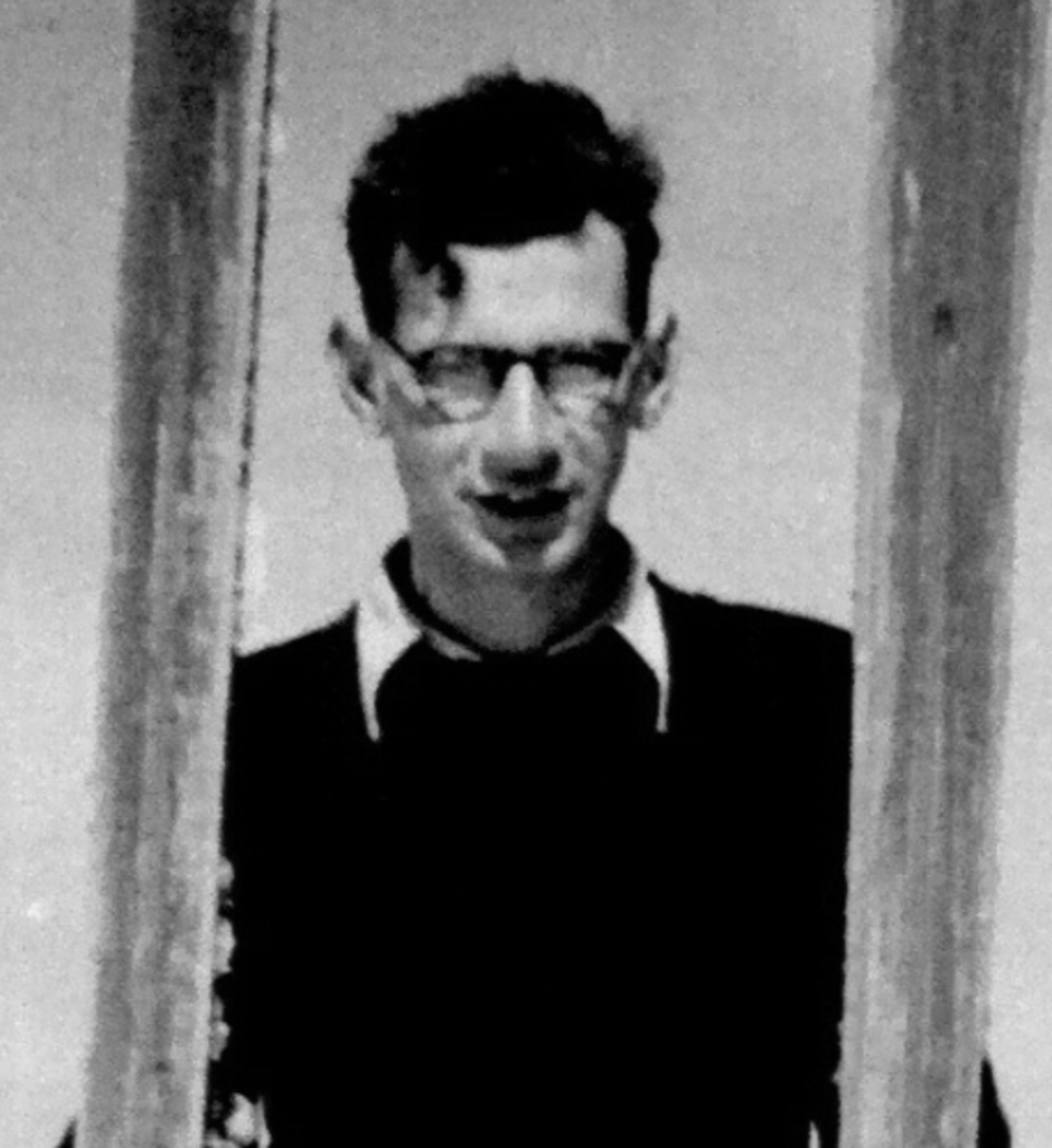
Rudolf Grossmann (German: Rudolf Grossmann, or Großmann), full name Rudolf Wilhelm Walther Grossmann, was a German painter, draftsman, illustrator and graphic artist.
Born into an artistic family, Grossmann began his education in painting and printmaking at the Düsseldorf Academy before continuing his studies in Paris with Lucien Simon and Pouleroz. Among his best-known works are various portrait drawings of celebrities, notably those published in the satirical periodical Simplicissimus; he was also known for his book illustrations. Grossmann began publishing his prints in 1905, and many major publishers in Germany and France commissioned his work. He later concentrated on figurative works and urban scenes, which showed the influence of Cézanne and Pasquin.
From 1928 until Hitler's Nazi Party came to power, Grossmann taught at the Berlin Royal School of Art and was a member of the Berlin Secession and the Deutsche Kunstlerbund. In 1934, his work, like that of many of his colleagues, was stigmatized as degenerate and confiscated by the Nazi government, and he was disbarred from practicing his profession. He soon left for Freiberg im Beisgau, where he died on November 28, 1941.
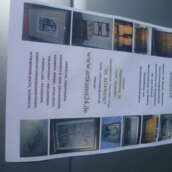
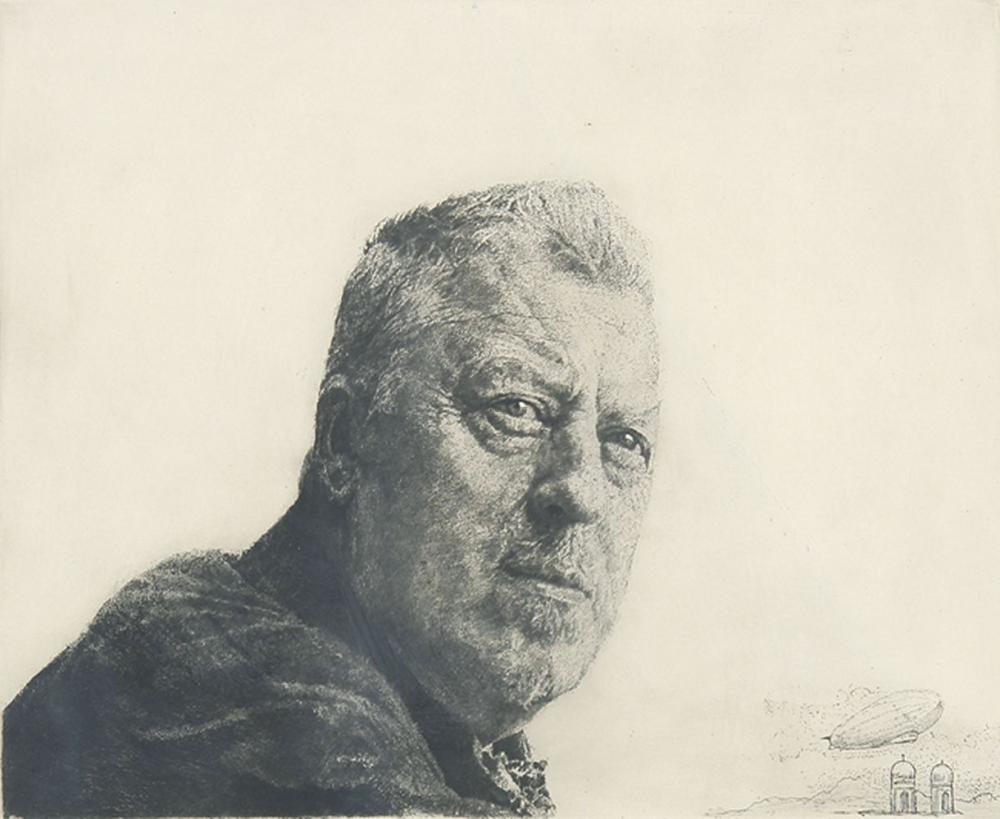
Ferdinand Staeger was a Czech-born German symbolist painter and graphic artist, illustrator and fabric designer.
Staeger studied at the School of Technical Design in Brno and then the School of Applied Arts in Prague, from 1908 he lived in Munich and collaborated with the magazine Jugend. He was a participant in the First World War, his war drawings are characterized by humanity. After the war he illustrated books by Gerhard Hauptmann, Josef von Eichendorff, Eduard Mörike and Adalbert Stifter with great success.
During the Third Reich, Staeger collaborated with the authorities by painting several propaganda pictures, for which he was awarded the title of professor. In 1943 he lost his home in Munich to Allied bombs and many works were lost.
After World War II, he painted in an impressionist style, creating paintings of mythical, mystical, symbolic and religious themes. Many works belong to the genre of "magic realism". Staeger is also known as a tapestry designer, master of etching and ex-libris, and was a member of the Association of German Artists. His wife Sidonie Springer (1878-1937) was also a painter and graphic artist.
